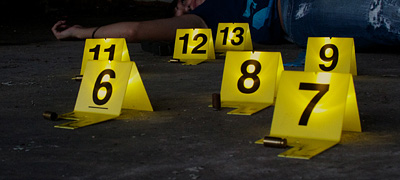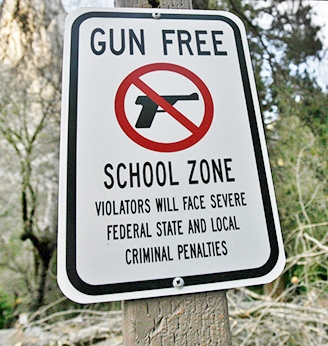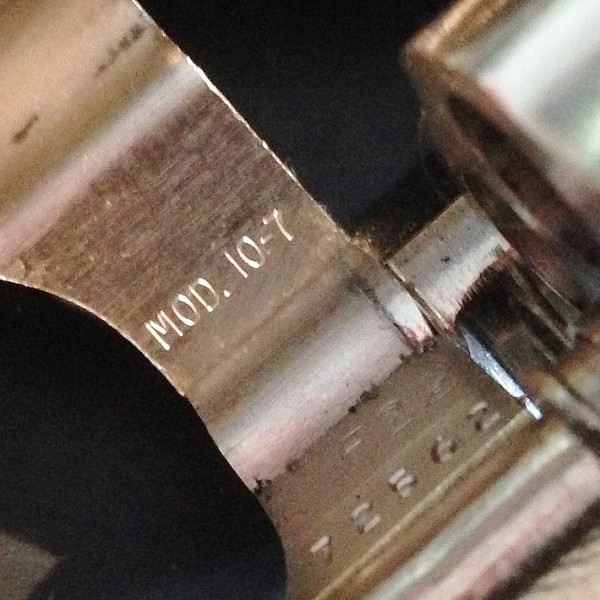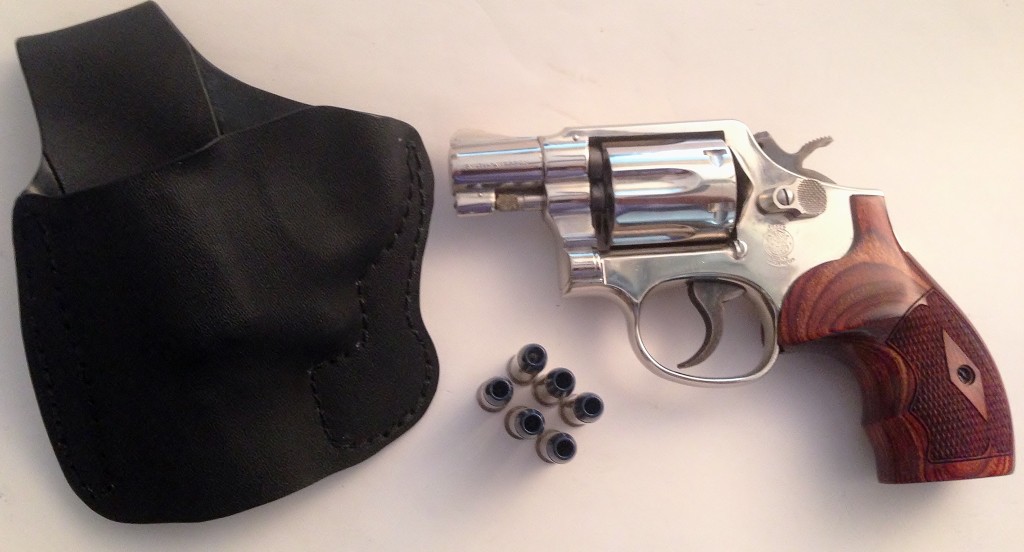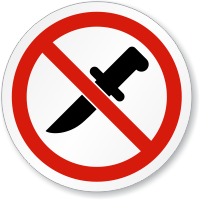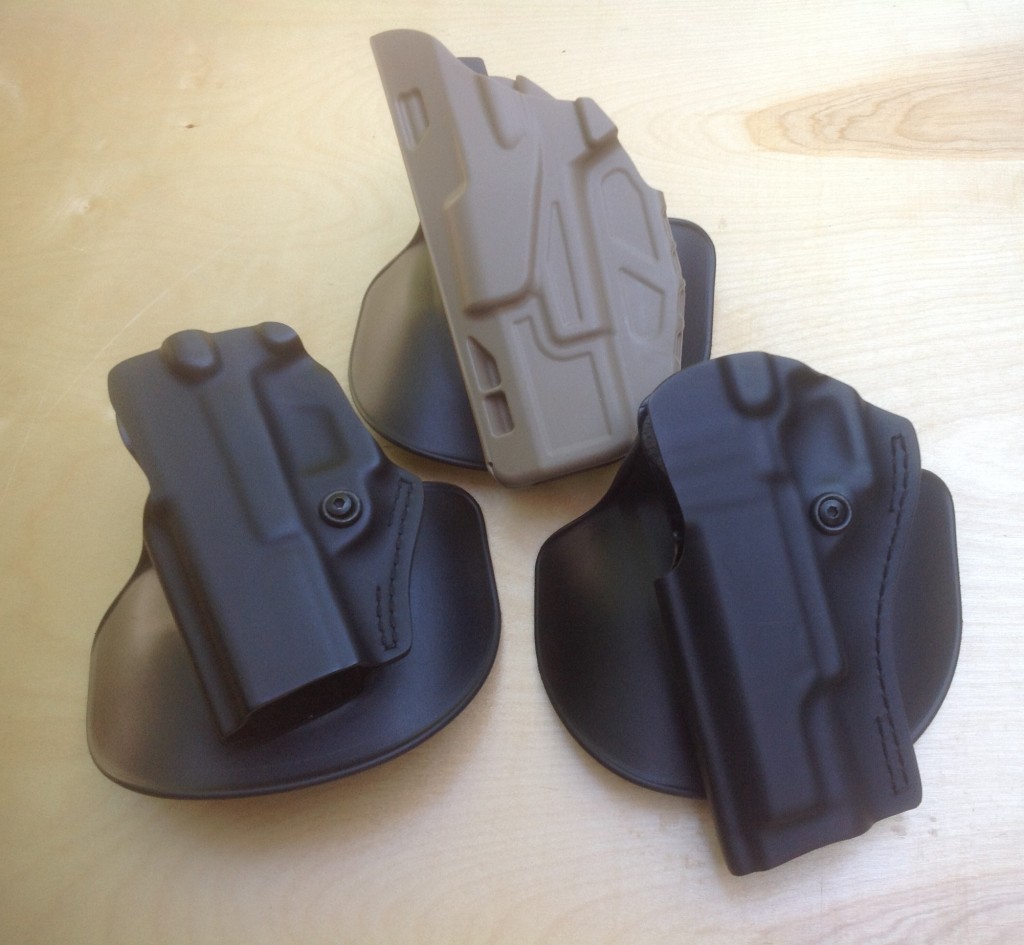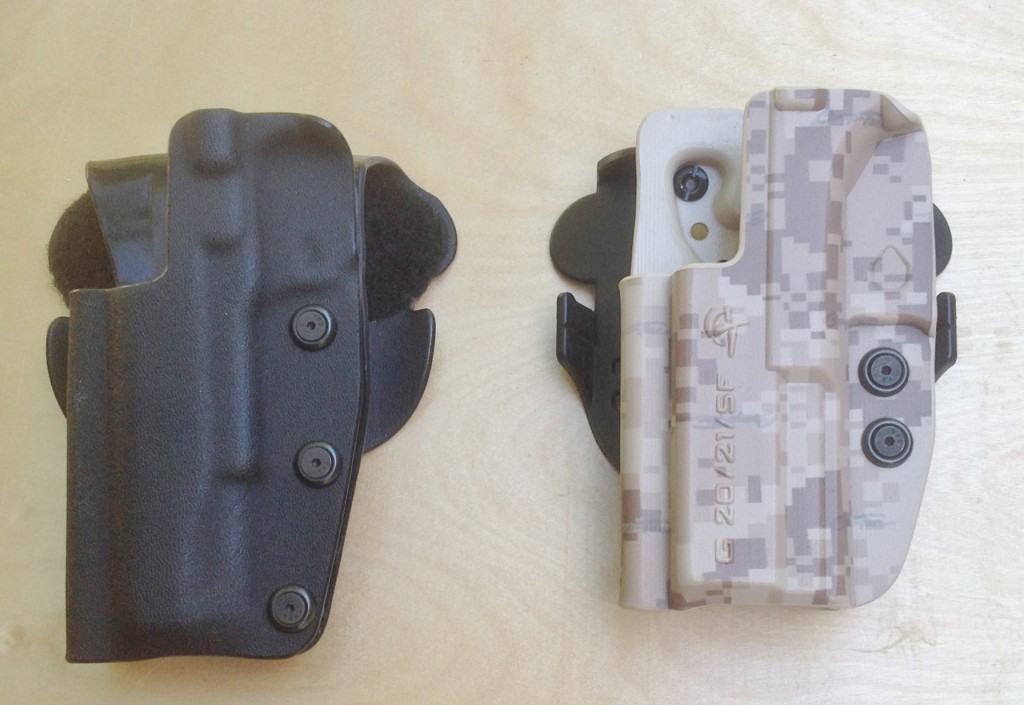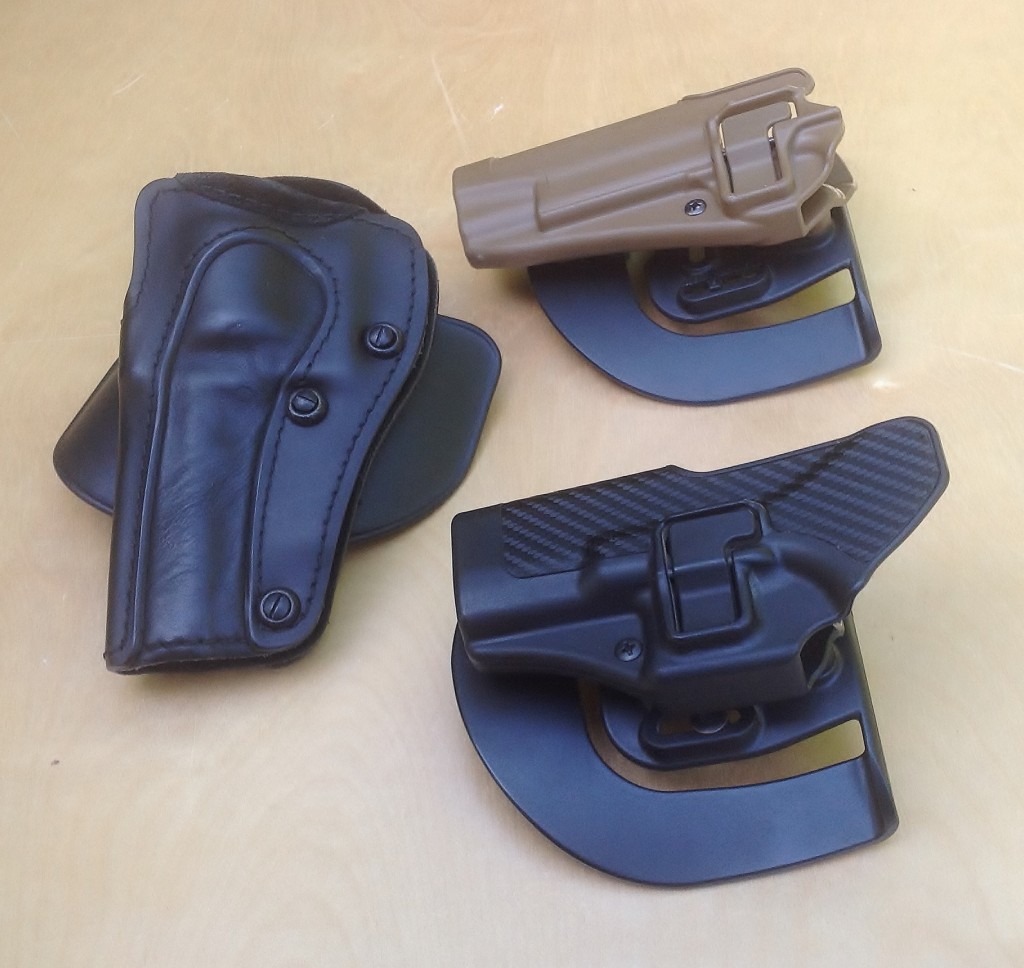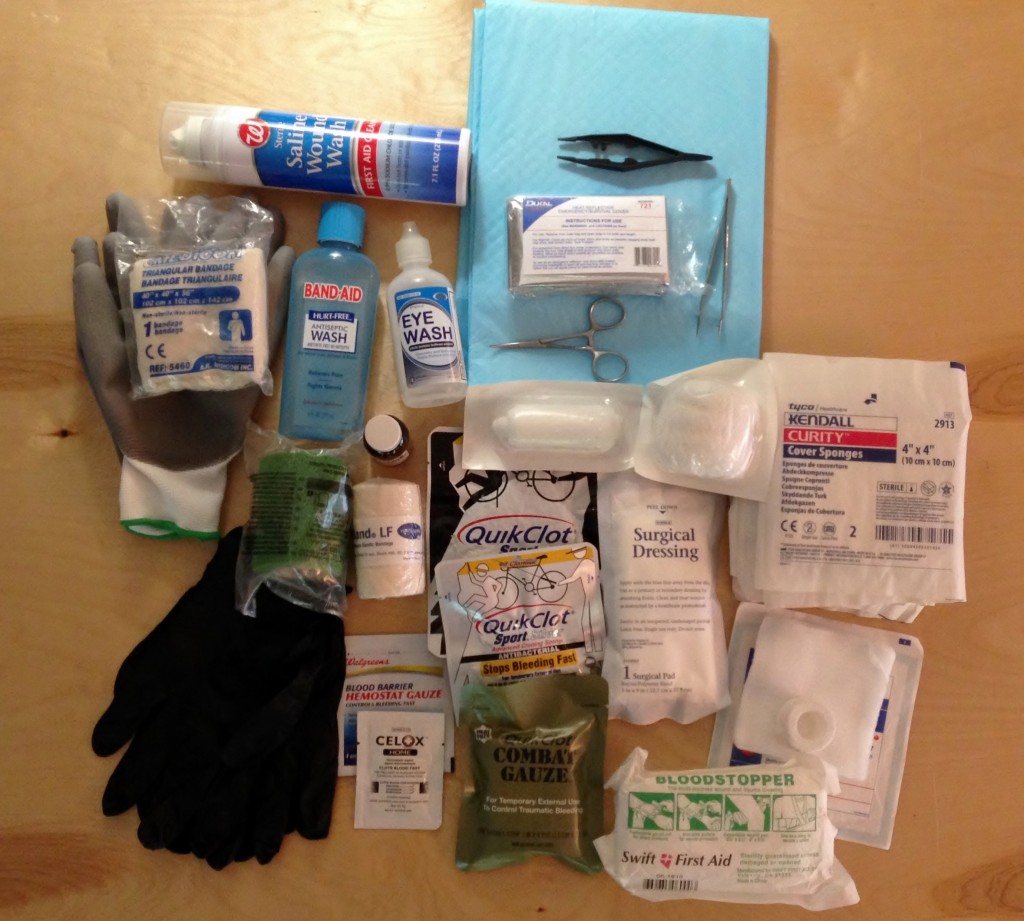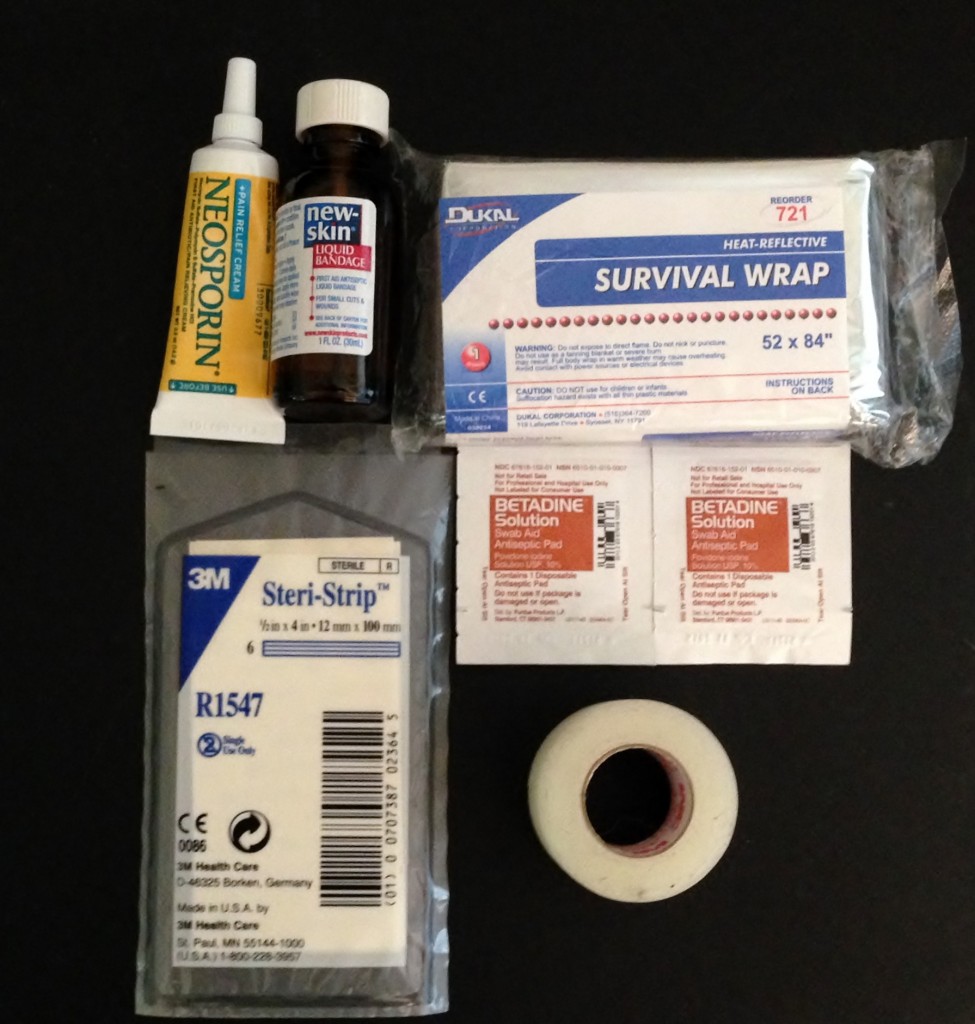Critics of “Stand Your Ground” (SYG) laws often claim such laws improperly grant the user of defensive force “immunity” from a civil lawsuit for damages. They sometimes also argue that the “immunity” is better than that given to LEOs. Neither has yet been shown to be fact. I doubt either will ever be the general rule. In fact, a state’s “immunity” provision may actually have no relationship to its SYG law.
State “immunity” statutes relating to the use of force are of recent origin and thus, are not yet widely-interpreted by court decisions. The unanswered questions of interpretation can be rather complicated, but they do not present novel legal concepts. To separate fact from fiction, I “poked around” (a Georgia term for research) some state statutes. States with statutory provisions which bar civil recovery for damages against a user of reasonable or lawful force include (in no particular order): Georgia, New Hampshire, Michigan, Idaho, Ohio, Pennsylvania, Florida, Colorado, Maryland, Wyoming, Wisconsin, Texas, Mississippi, Kansas, New Jersey, Iowa, and Missouri.
Fact is, a state “immunity” law related to use of force may: Continue reading





